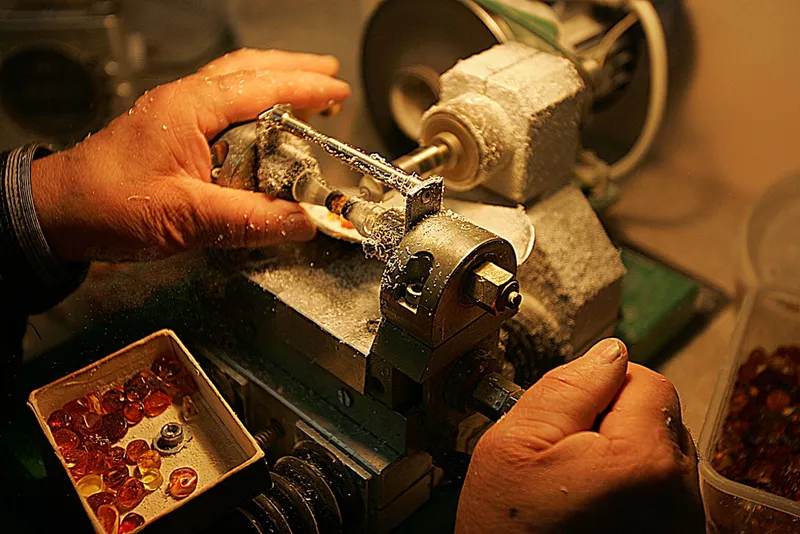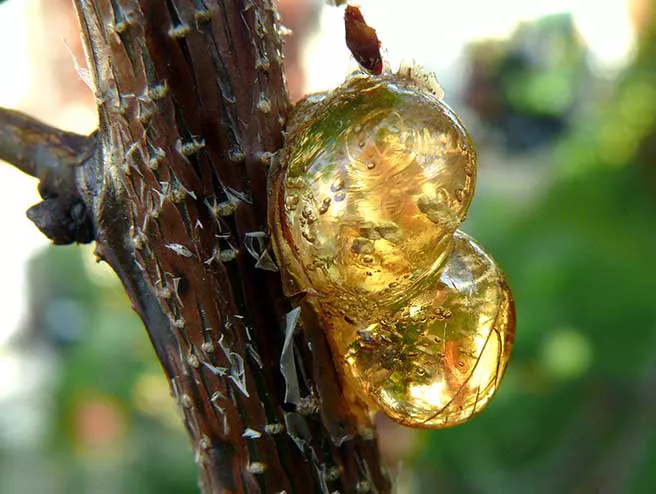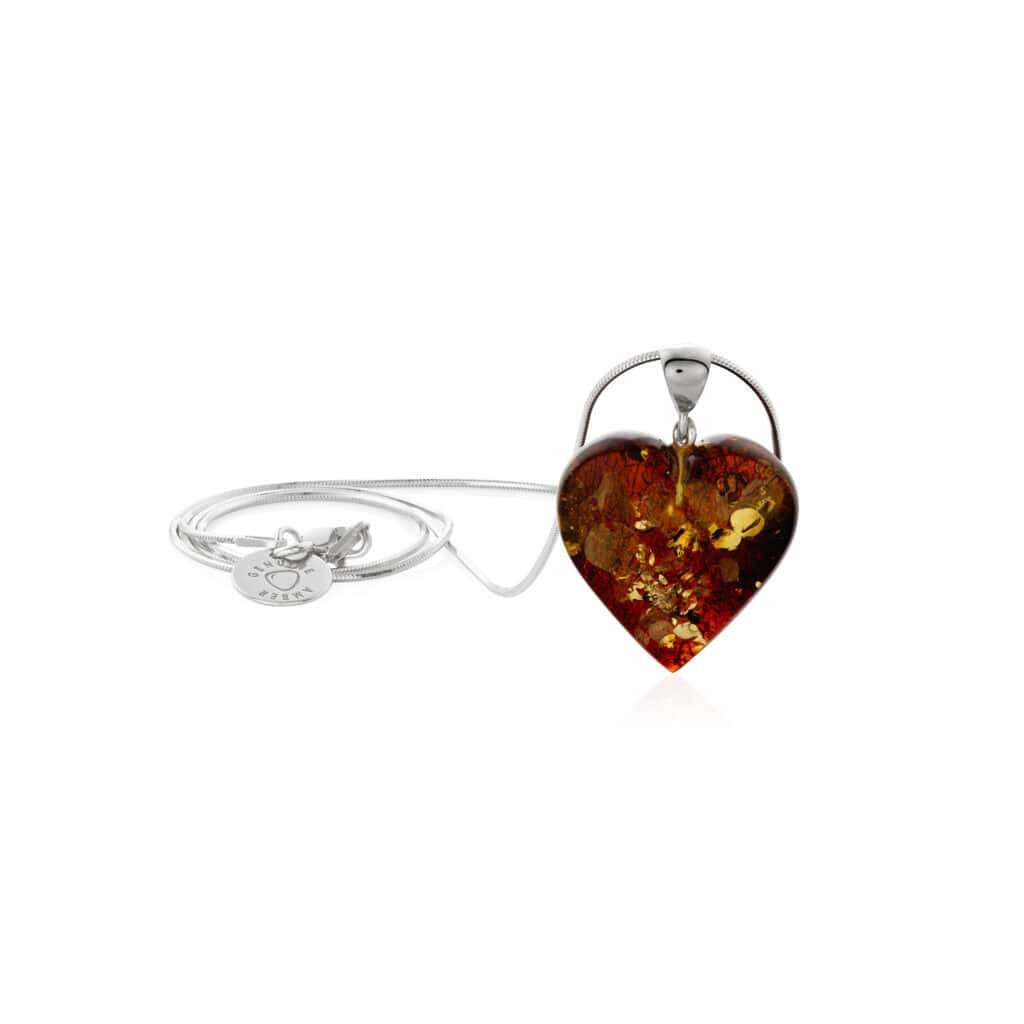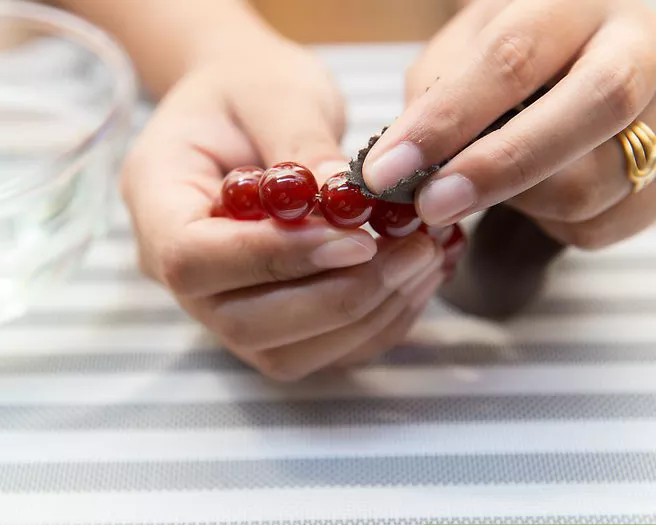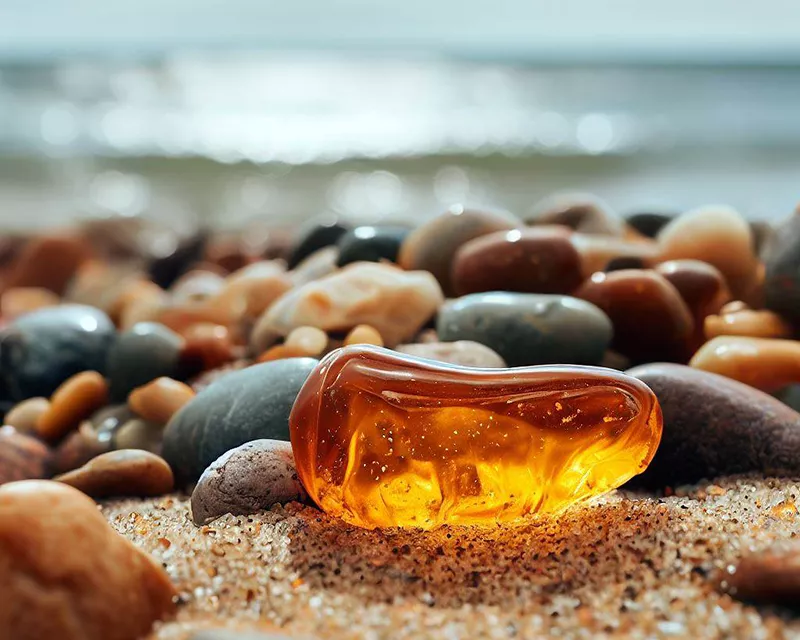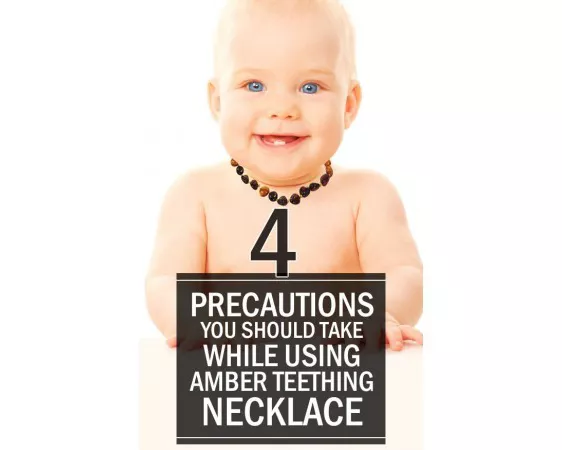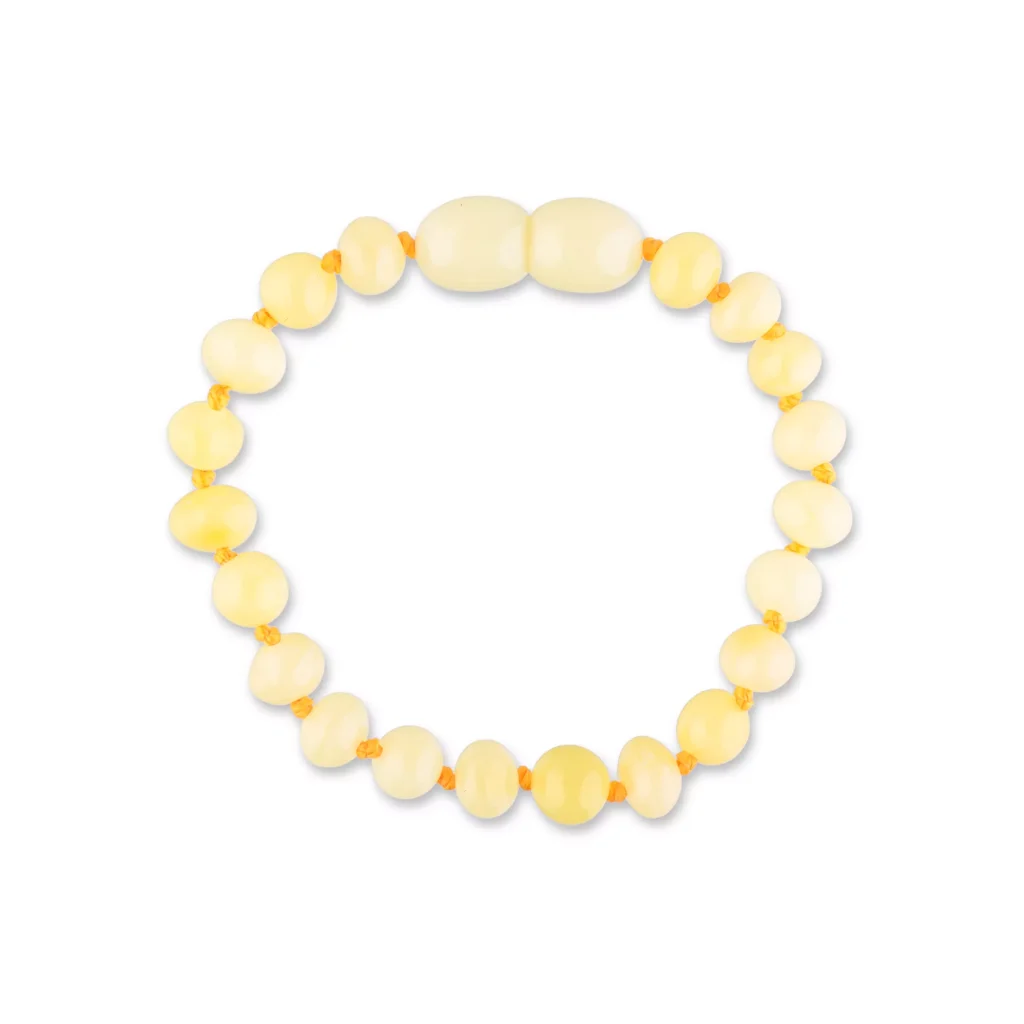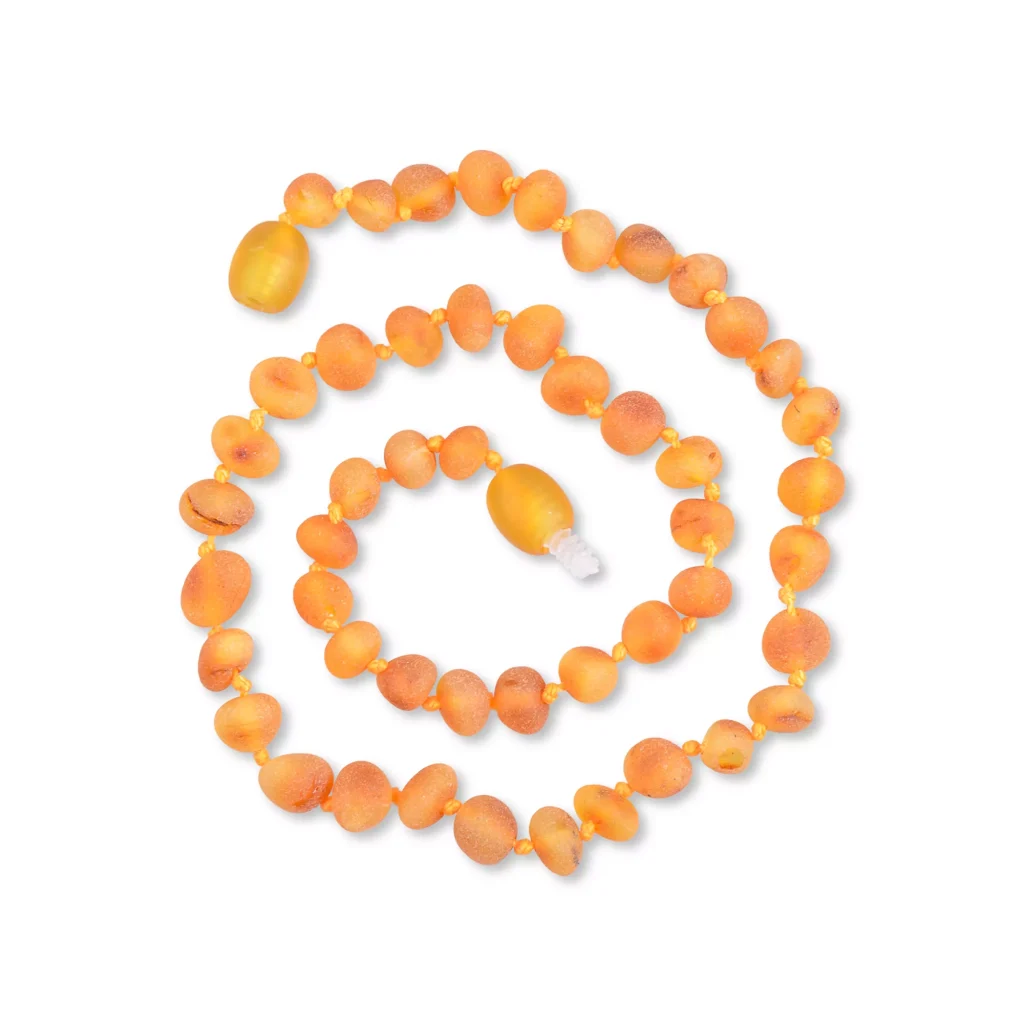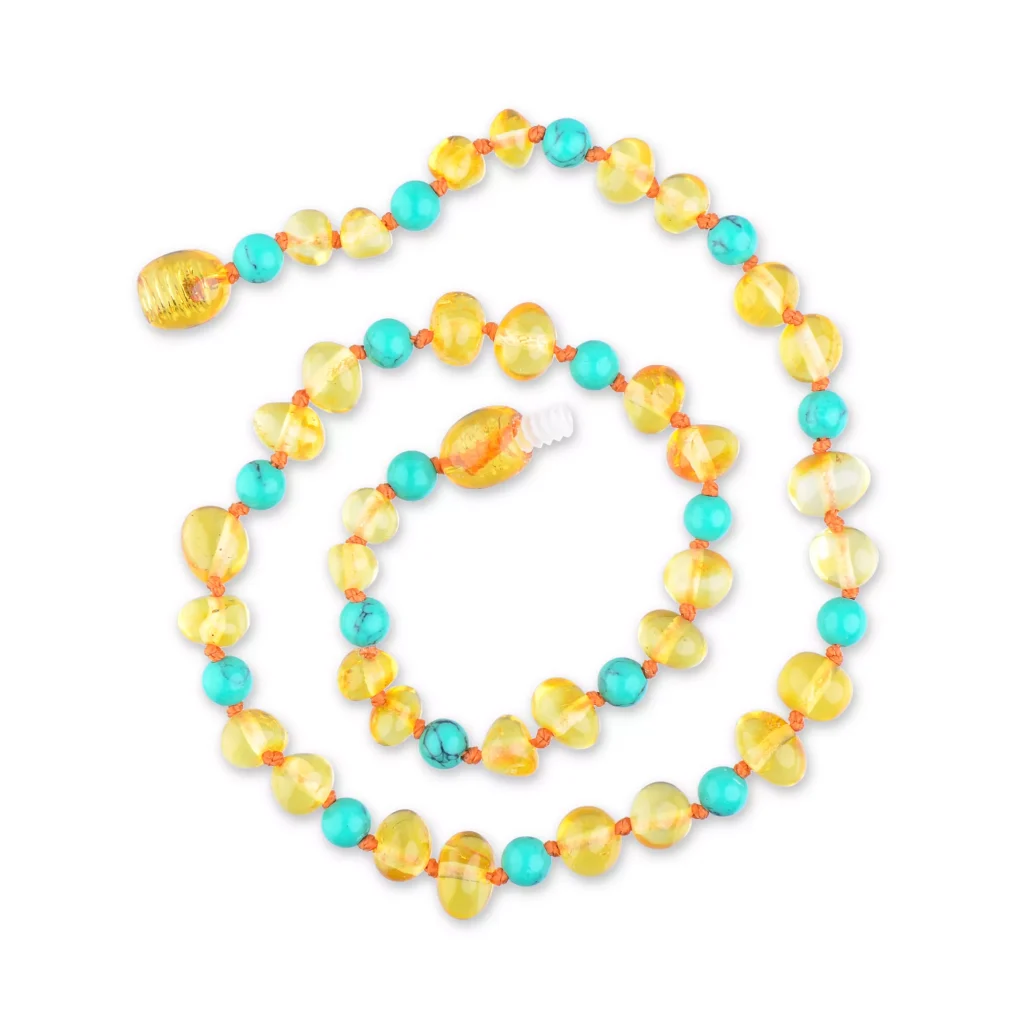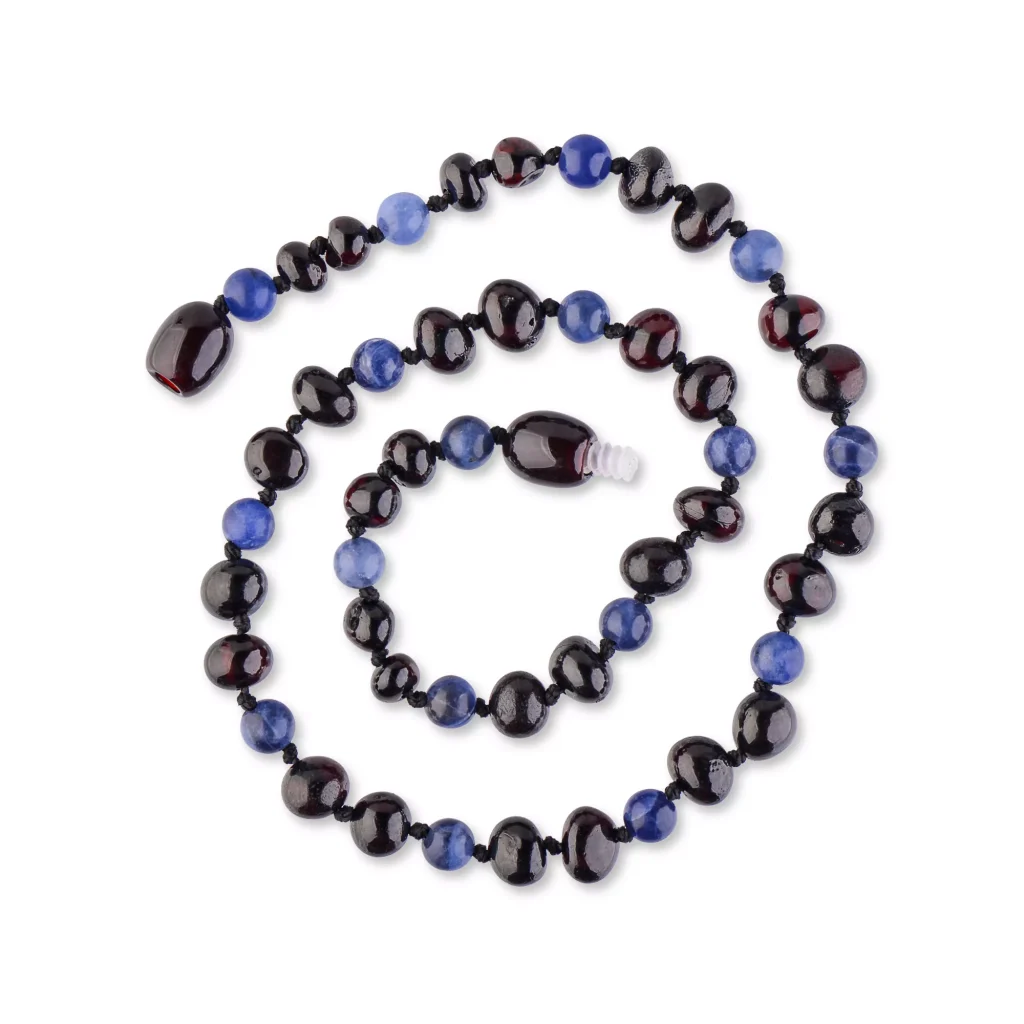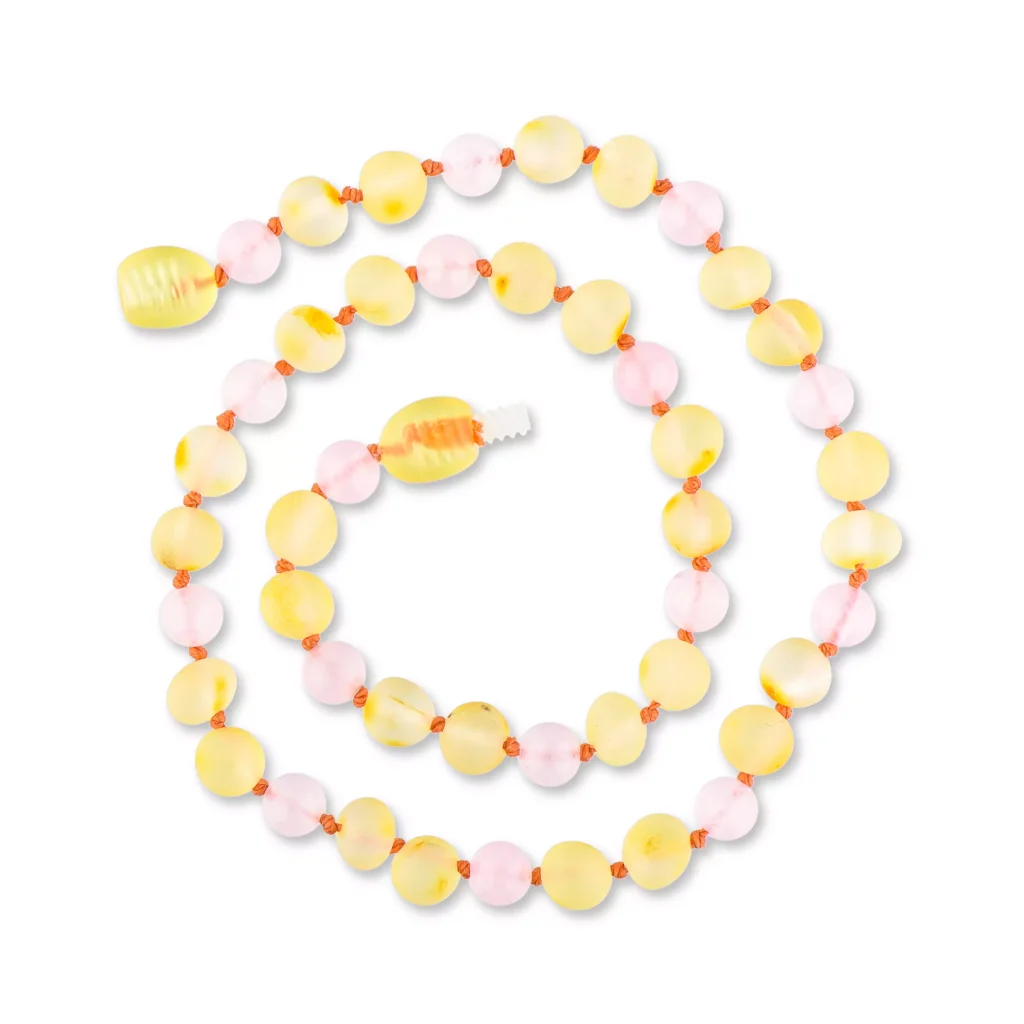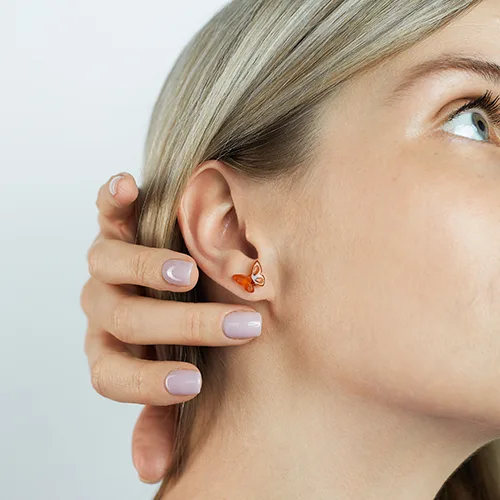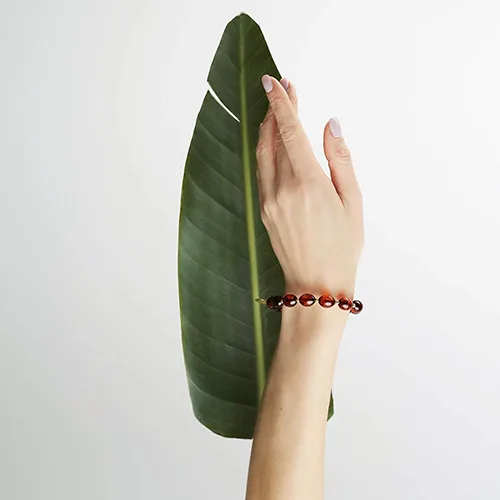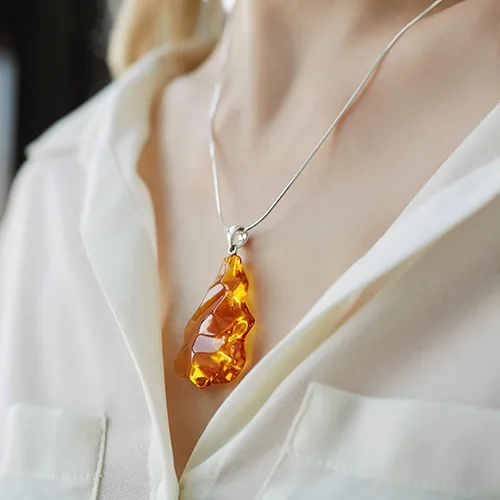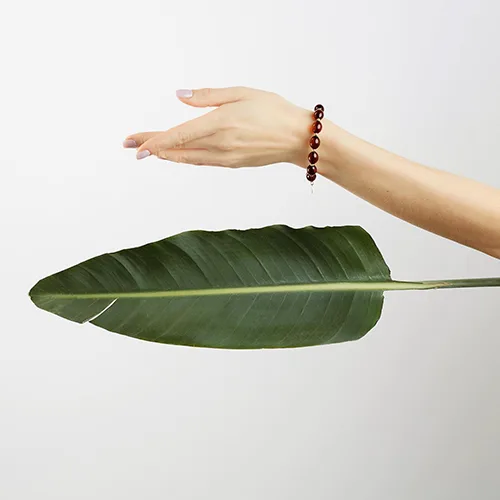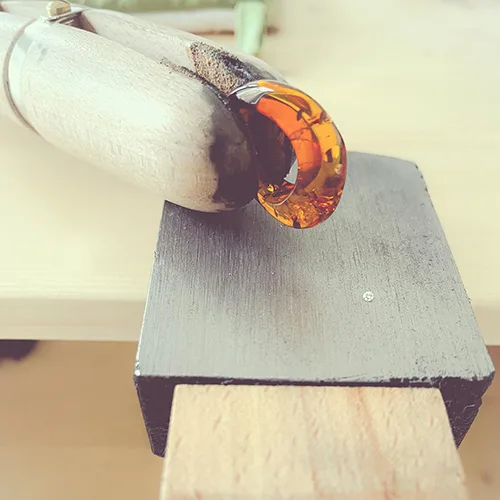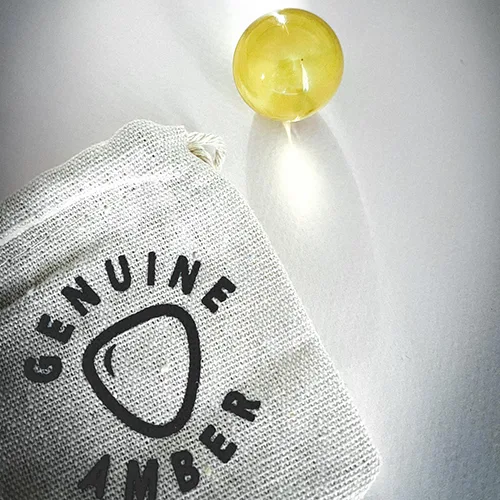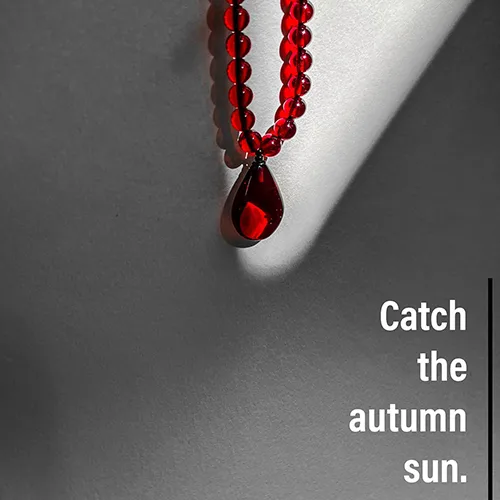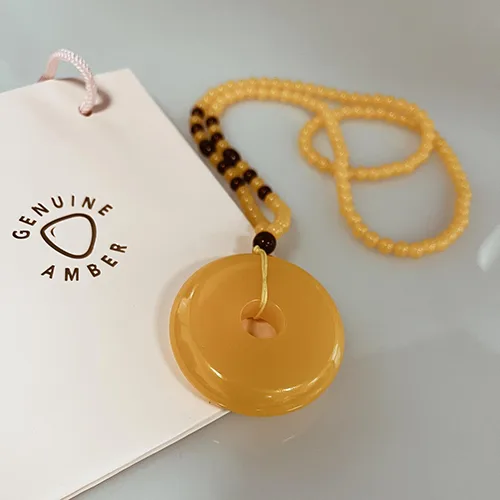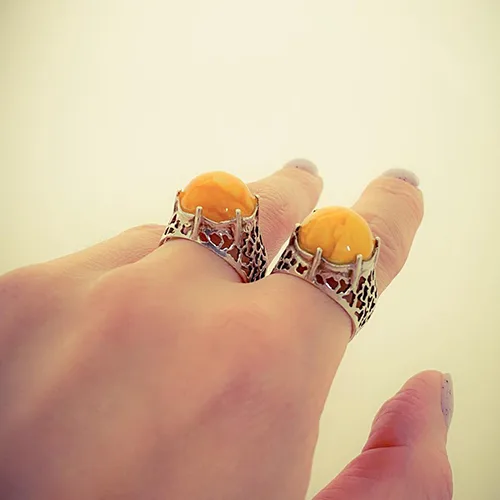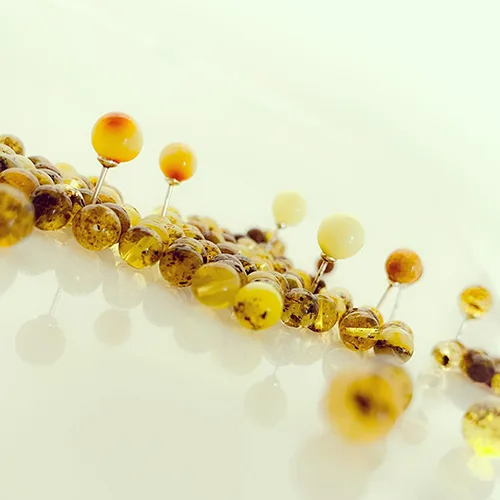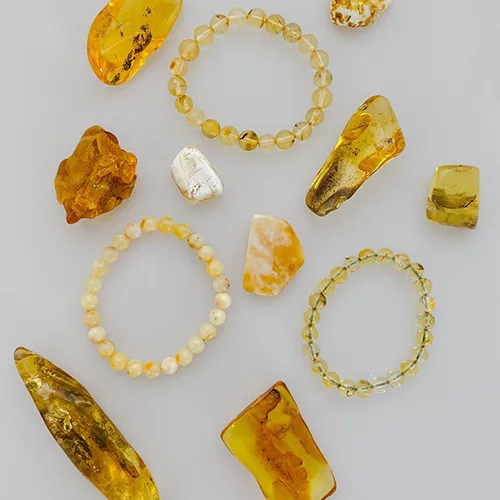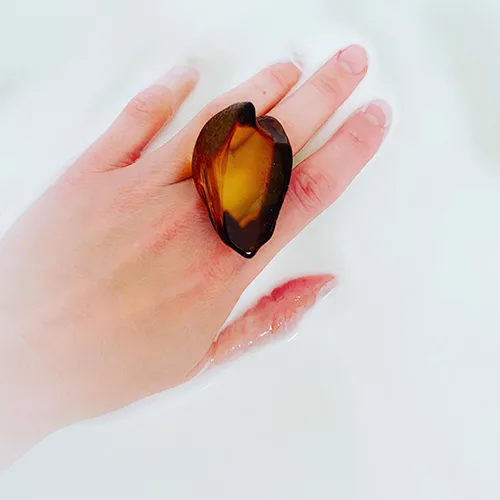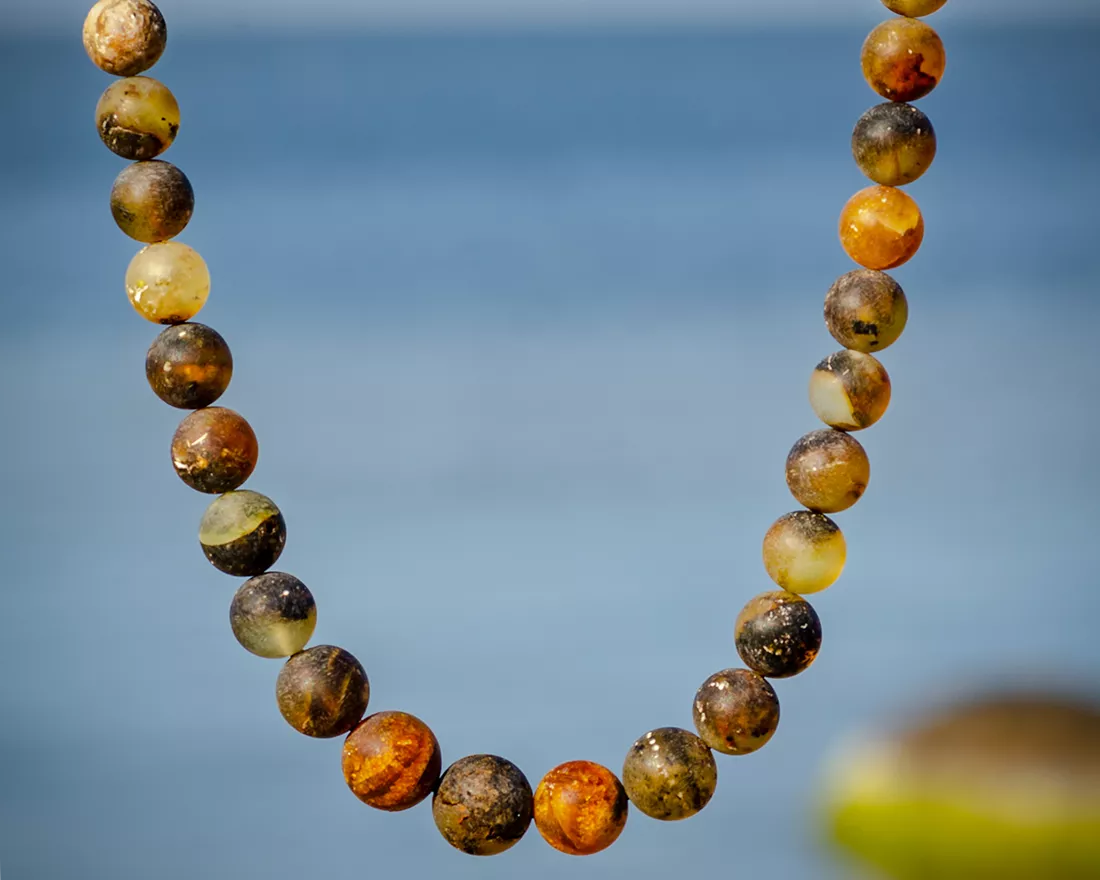
Real or fake?
In the middle of the nineteenth-century scientists discovered ways to synthesize natural precious substances, including Baltic amber. Today the falsification of amber is widespread, although usually in amber that is of a larger size and quality than what is typically found in teething necklaces.
Since Amber has a few unique features there are a few different tests that you can do in order to find out if it’s real or not. Many people want to be sure that they are buying jewelry made from real Baltic Amber because other types or fakes don’t contain Succinic Acid, which is responsible for the health benefits of this jewelry. The most common and easiest methods for testing this natural resin are listed below.
1. Visual test
One of the first things you can do when testing Amber and jewelry made from it is to test it visually. Real Amber beads tend to be unique in their appearance so you should look for imperfections when inspecting them. Some common imperfections are tiny cracks or small air bubbles. Also, beads should vary a little in size and their shape shouldn’t be always round. When you touch Amber it tends to be a little warm, which is not the case with most other fakes.
2. Salt water test
The other effective test for identifying real Amber from fake is the Salt Water test. In order to do this test you will need about 7 teaspoons of salt and a medium size cup of water. Add all teaspoons of salt into the water and stir well until the salt is fully melted. In the next step add your Amber gemstone to this water. Real Amber should float in this water easily while the majority of fakes will sink fast. The main drawback of this method is that it is not very suitable for testing Jewelry that has some metal or other components in it. However, it works well for loose beads.
3. Rubbing test
One of the simplest ways to distinguish Amber from Copal is to do a Rubbing test. Since real Amber has electrostatic properties it can pick up tiny paper pieces or dust when it is charged sufficiently. So in order to charge Amber you need to wrap it in a cloth and then rub it for some time (20-60 seconds). In the next step hold this gemstone near a strand of hair. If your hair is attracted to this stone it means that static was produced and most likely you are holding real Amber. Alternatively, if this gemstone didn’t become charged but rather sticky it means that it is Copal.


